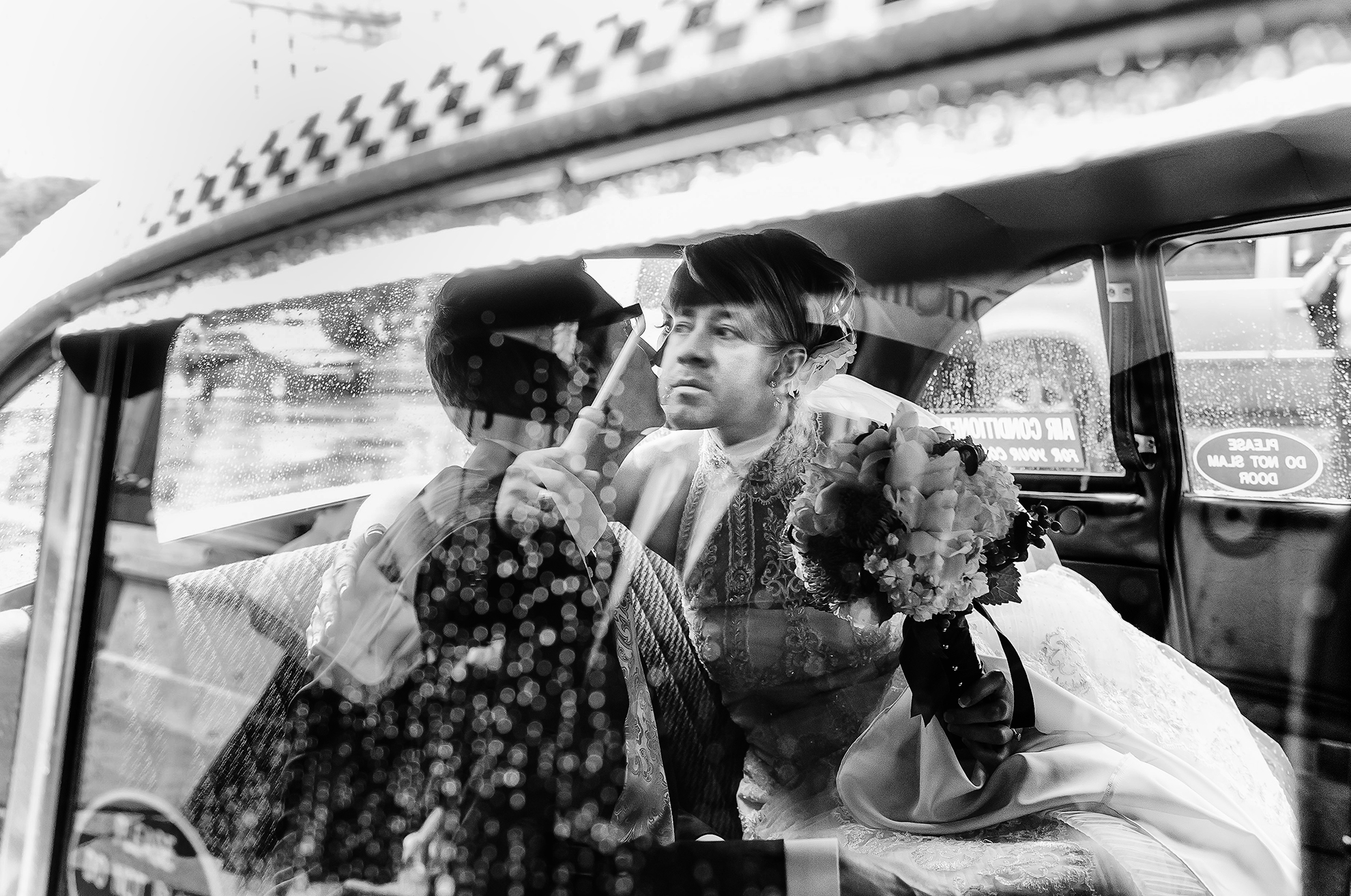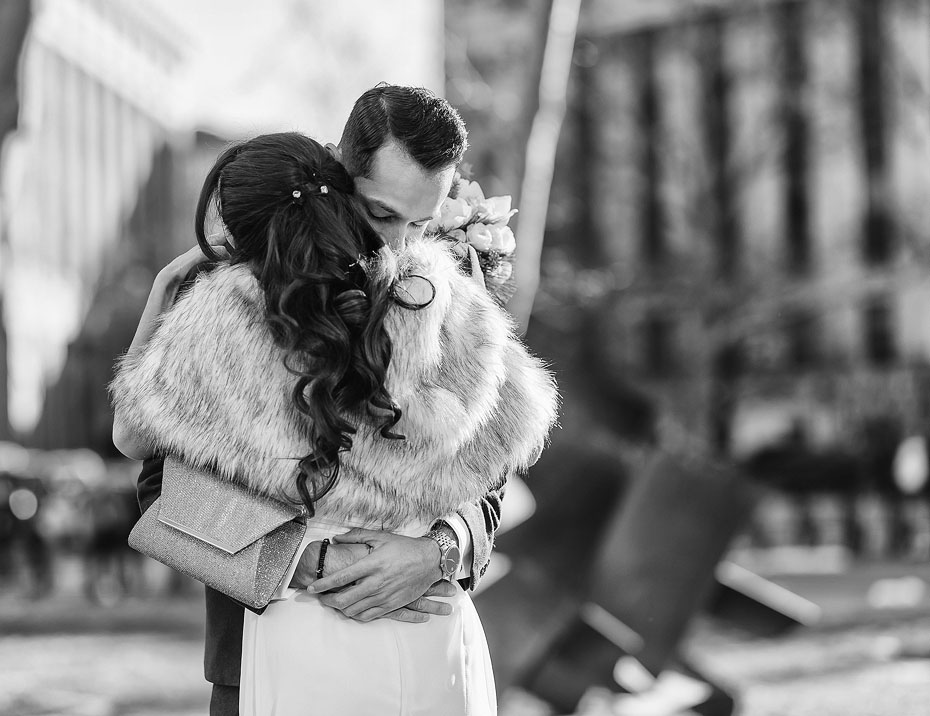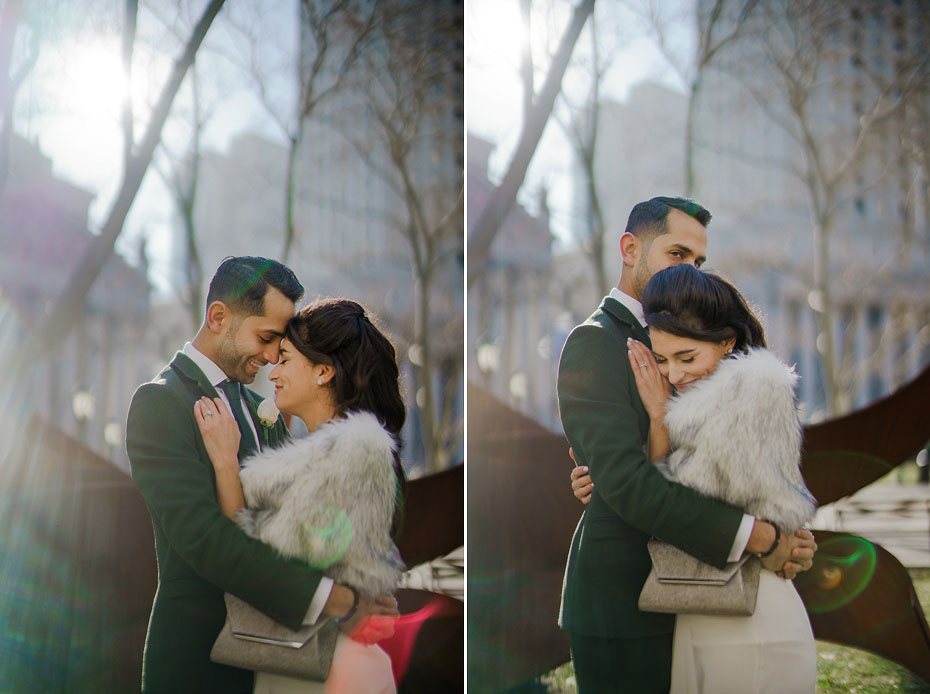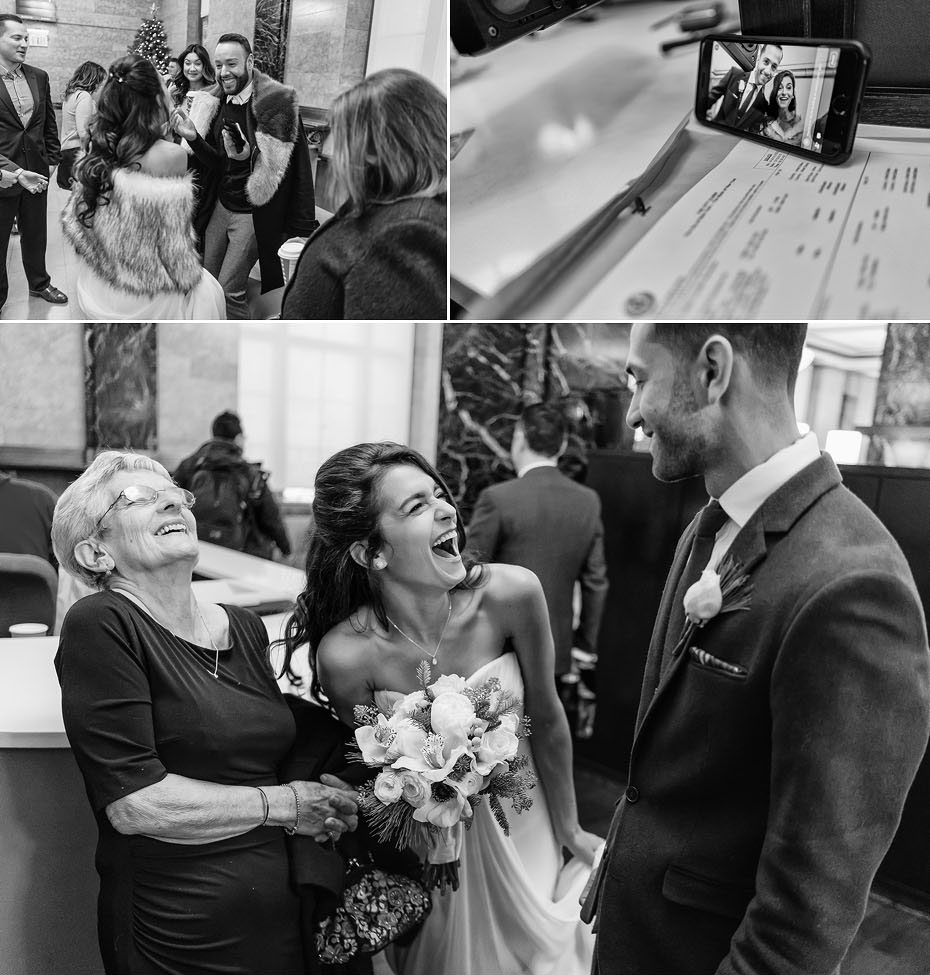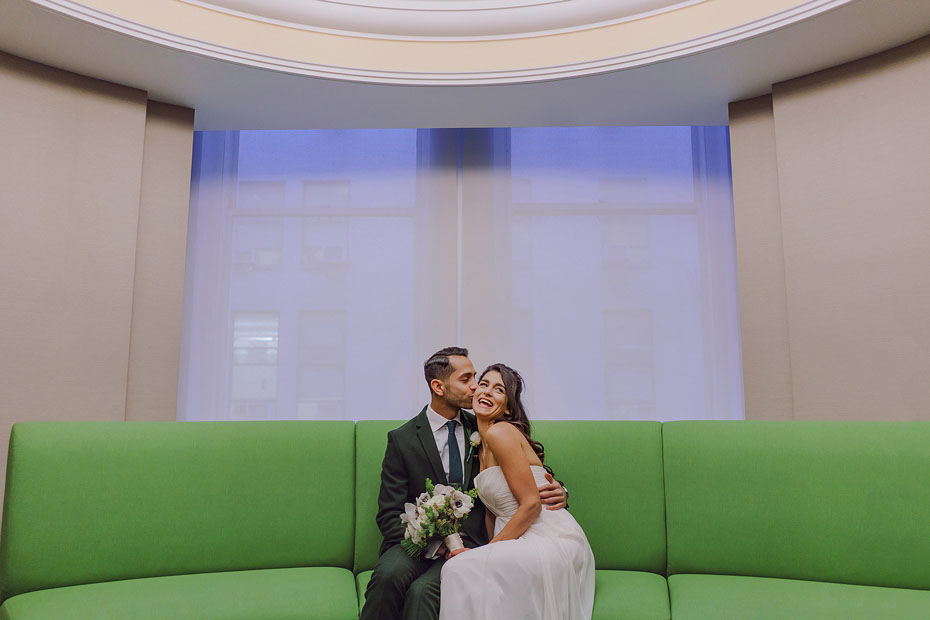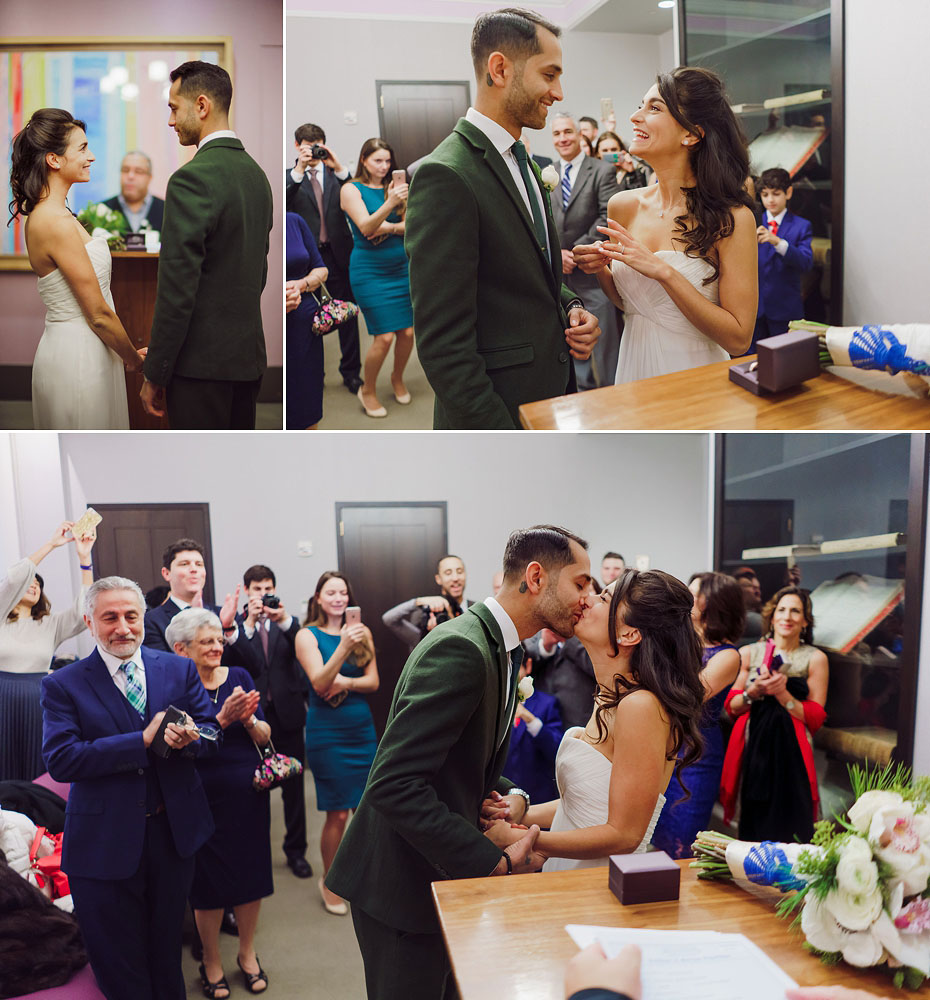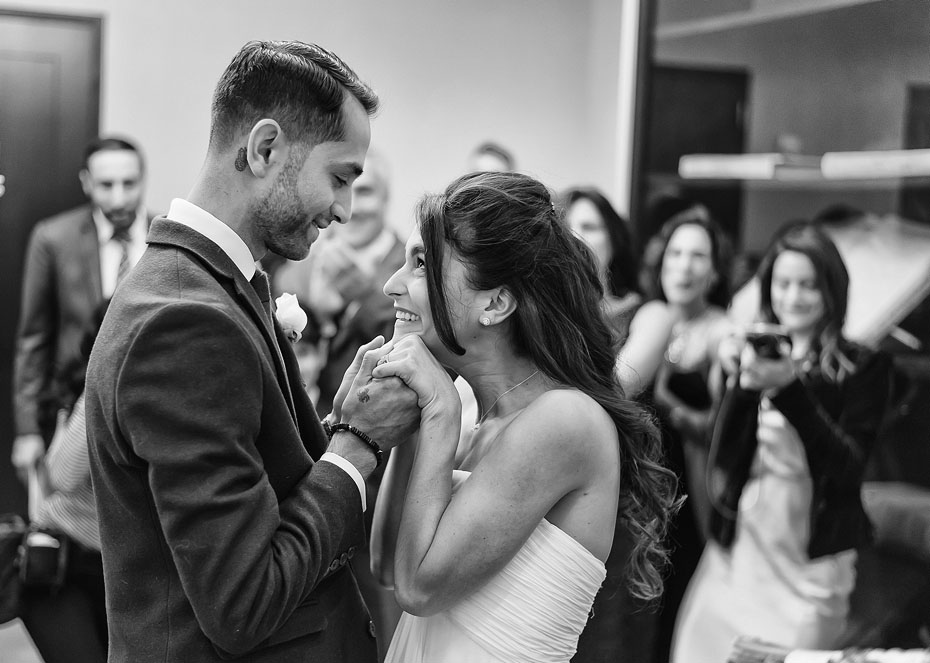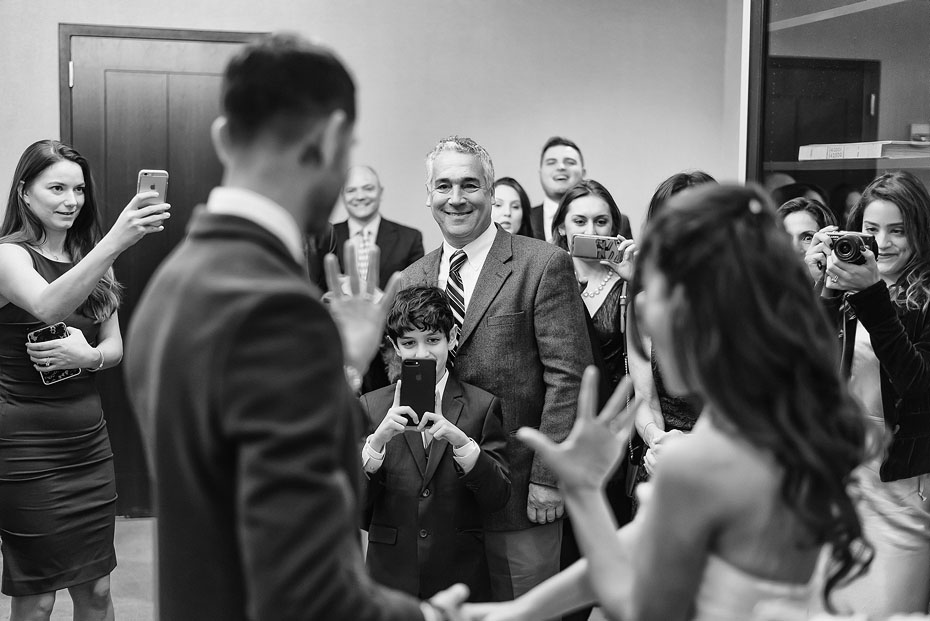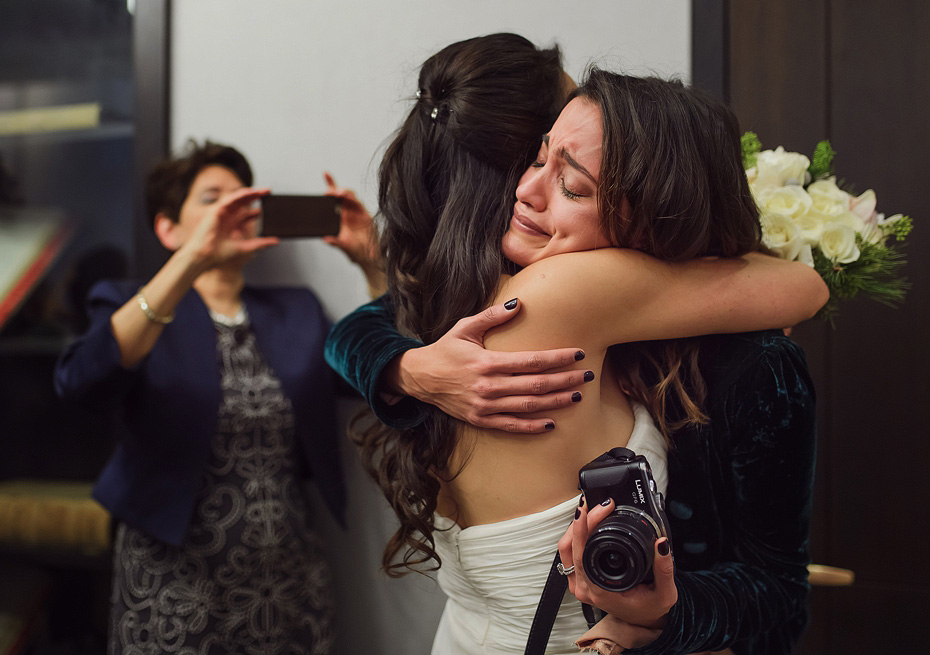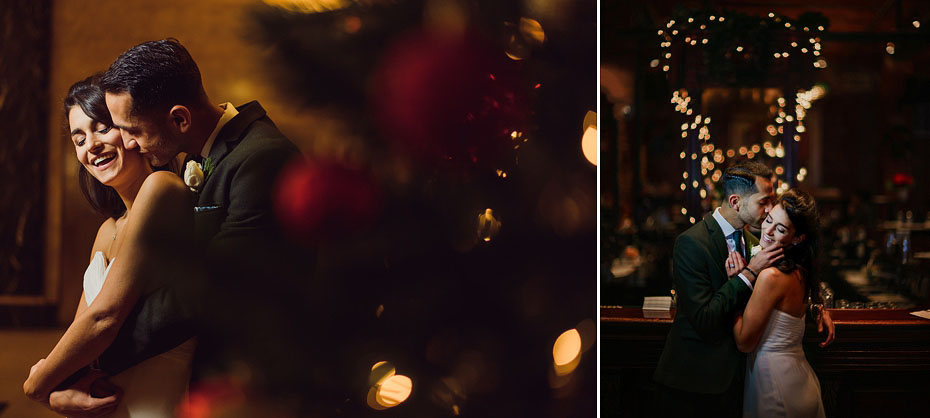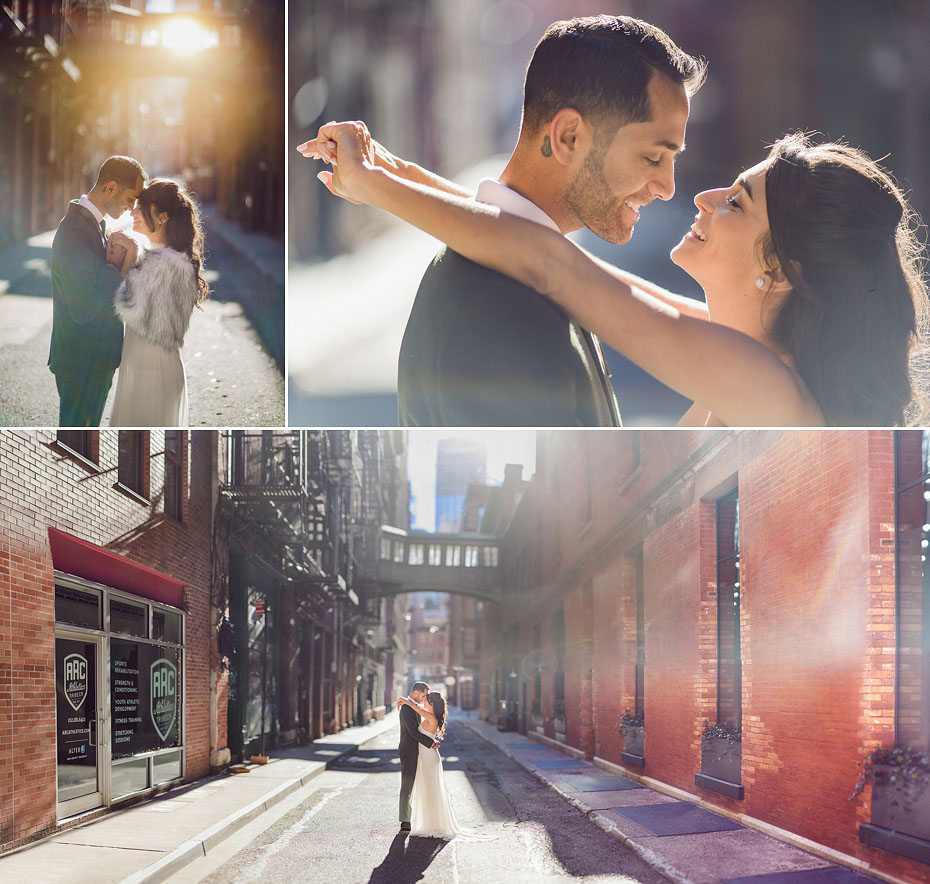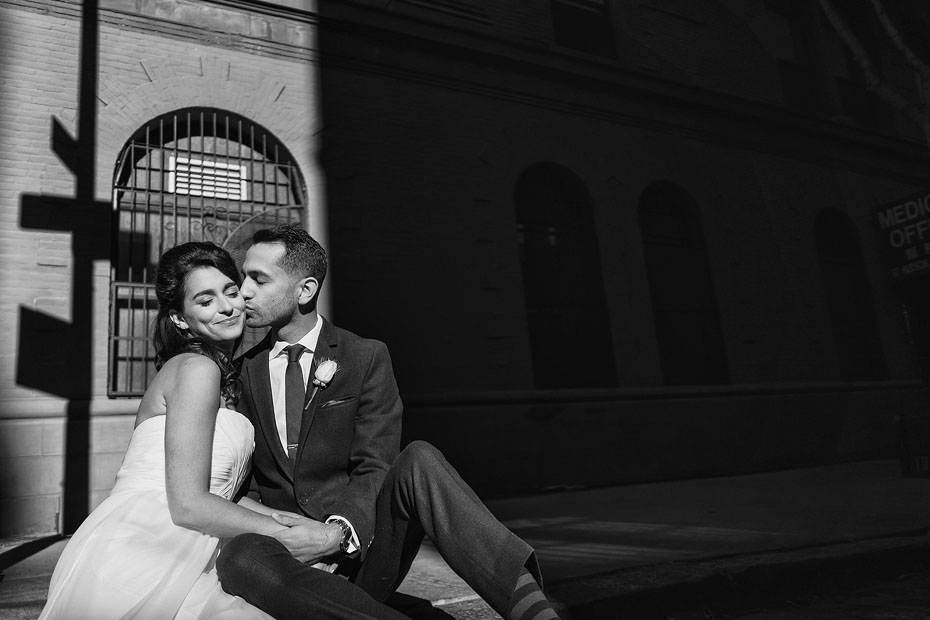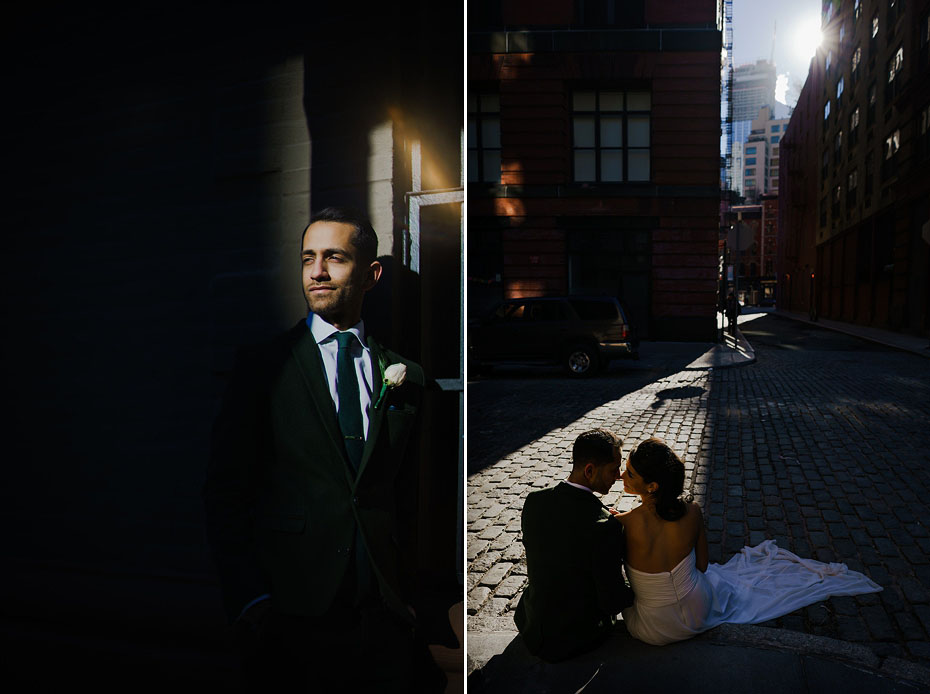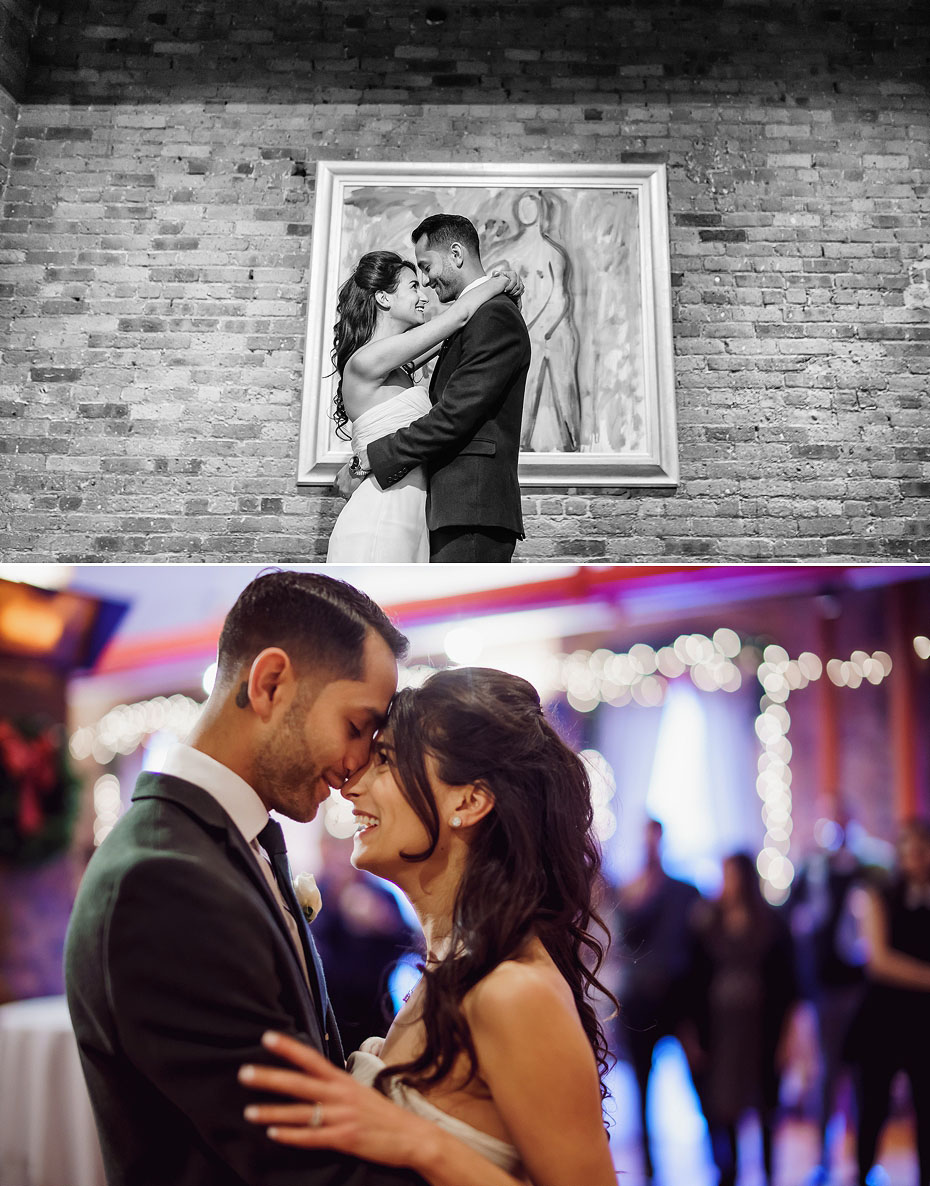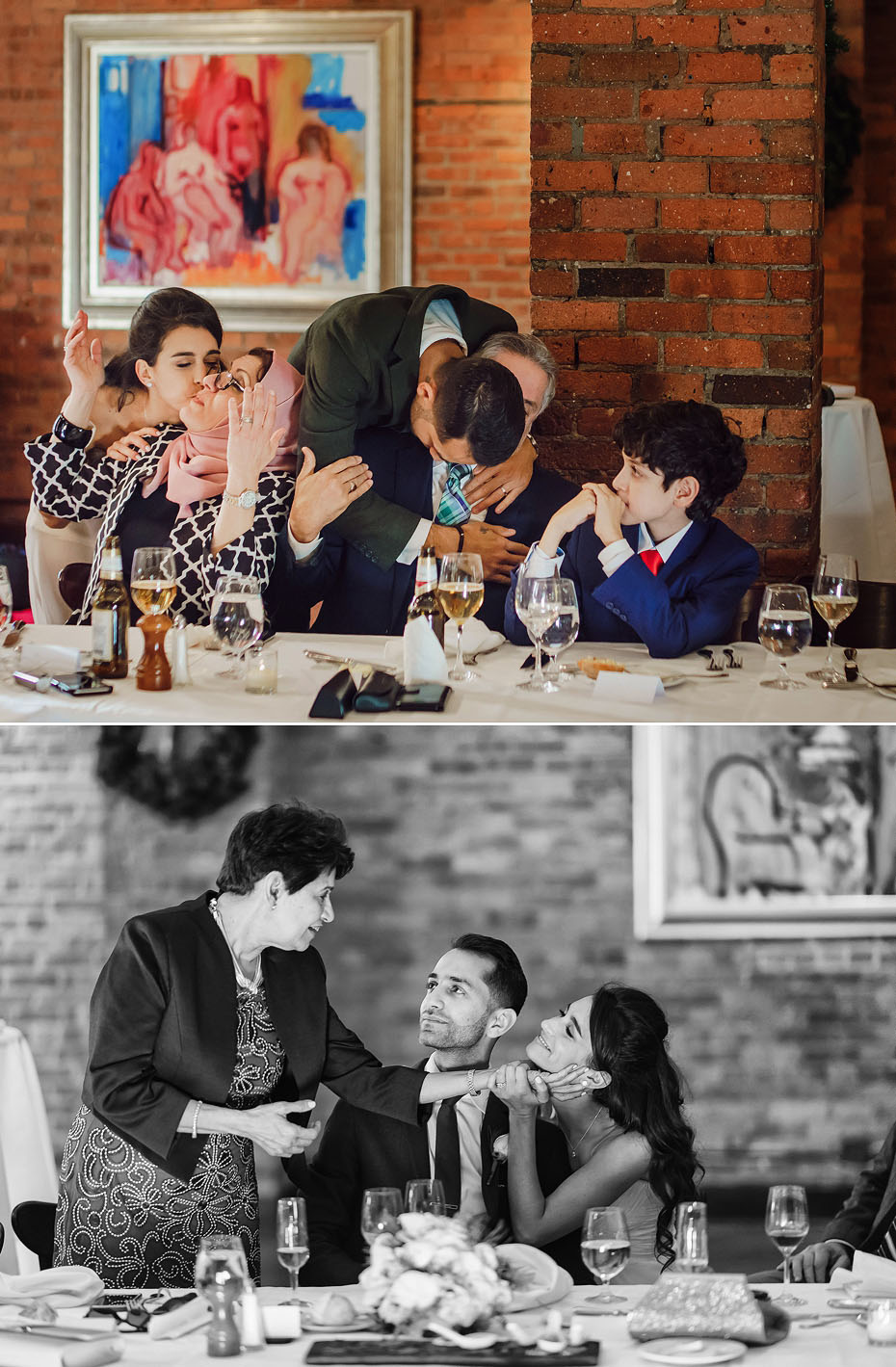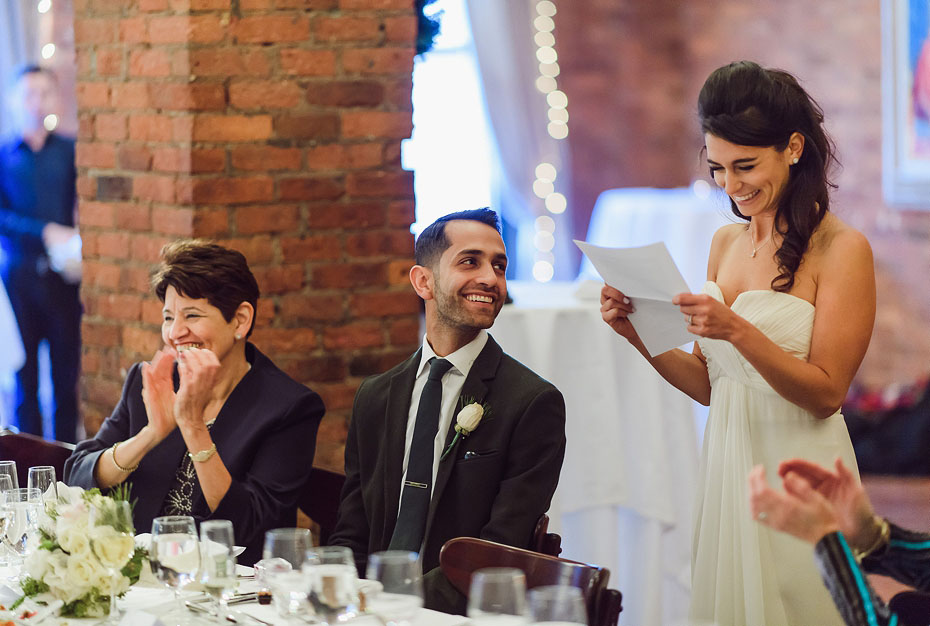I love that all you need to know about Cecilia's grace as a trained dancer is to watch her do … anything.
Photo of the Day
The Plaza wedding photo /
A fun moment of serendipity and #tbt (I never know what day it is in the off-season) to 9 years, 3 months, 6 days, 17 hours ago.
---
D3, 24-70 @ 32mm f/3.2, 1/80th, ISO 1250
Natirar wedding /
Tricks are fun and bokeh beats clutter, but it’s the moment that makes it matter.
Gloria Rocking It and a quick review of the Sony HVLF45RM /
Now it's time for "As long a review of the Sony HVL-f45rm flash as a wedding photographer time for in October!"
Good: It's freaking magical -- why is it so tiny, so well-balanced with small Sony cameras, with such little meaningful power difference? If I'm rocking a reception with a big flash at 1/8th power, on the tiny 45rm I'm *maybe* at 1/8th + 1/3rd, a negligible difference. Here it's hitting ISO 100 f/11 at well under full power, balancing the bright sun outside and highlighting how bad-ass Denise is. And it's the best TTL I've ever used, so good that … I even use it occasionally.
The bad: Weirdly fragile, in my experience. We are fairly good to our gear these days, and out of the four Sony flashes we own, four have been to the repair shop for hot shoe issues. Now we pack it as gently as we would a newborn kitten.
Newport Vineyard wedding -- Brenizer Method panorama /
One awesome couple, one amazing vineyard after the rain, and a whole lotta frames with an 85mm f/1.4.
I've been playing around with some of the new smartphone tech because I'm still just a photo nerd at heart, and I admit that as artificial depth of field gets better and better through computational photography, I stopped and said "Hm, moving this slider is a lot easier than taking a hundred images and feeding them through a computer." But of course, that's only because of an upshot of the less talked-about side of the smartphone photography revolution: not that most photos are taken on phones, but also that most are viewed on them as well.
I've never truly seen most of the Brenizer Method photos I've delivered. This photo could be printed at 300 dpi at five feet across. I've made those prints and each time I've been surprised: "Oh, *that's* what this photo really looks like!" It's part of the point of also taking the long way around and making things specifically so that they last and go a step beyond what is easy. (Even though I still often use DoF-faking apps for fun and personal creativity. I'd rather play on the lawn than tell the kids to get off it.)
The Secret: Find Joy in Solving Any Problem /
If I had any tips to achieve long-term success and happiness as a wedding photographer, it's to learn to appreciate as many of the tasks and skills required as possible. In the end, this job consists of making thousands of choices and solving innumerable problems each wedding day, and there is a joy to be found in simply doing well, whatever the task. We both entered into wedding photography with a joy and expertise in storytelling and using light and lenses in interesting ways, but now we also find joy not just in things like organizing large bridal parties in flattering ways but also things that are entirely structural and non-creative.
I look back with pride on weddings where we entered into family photos 90 minutes behind schedule and finished on schedule, or when we had 25 table shots to do in 30 minutes and somehow pulled it off without making people feel rushed or harried.
Some of these things may not be the stuff of Pulitzers, but it is all part of the job, and learning to find joy in each part not only helps you as a photographer and avoids burn-out, but you'll inevitably do all of these things better.
(Especially since one of the best hints for any group photo is to be wearing a genuine smile).
September 15, 2008. /
10 years ago. Jerpoint Abbey, Ireland
It began at a grave. Even then, my photographic life was transitioning into more and more professional work, so when I found myself traipsing about Ireland, just taking photos for the heck of it, I wanted to try to do something different than thousands of other tourists. But the thing about graves is that they don't really do much that's interesting. So … shallow depth of field? My 70-200 could certainly do that at the long end, but the frame was too tight, and uninteresting.
Wait. I had An Idea.
The way invention often works is that the mass of striving, stumbling human minds just waits until the conditions are right, and then related ideas begin popping up. Set the precursors, and you start seeing multiple people work toward inventing calculus or the theory of evolution … or the far less consequential but quite fun idea of slapping together a bunch of panoramic images to make images that are otherwise impossible without extreme labor or digital creation.
And so, with the scene set of panorama creating becoming easy enough to just try things and hope for the best, I was neither the first person to independently come up with this idea … nor the last (sorry Joel Grimes!)
So, while the pictures were fresh and exciting to me, the part I’m more proud of comes after: Young(er) Ryan realized that this was not some idea of staggering irreplaceable genius, but just a really neat idea … so the key was to see exactly what can be done with it, and then sharing ever single bit of that knowledge, quickly and completely.
Looking back at the pictures from 10 years ago, one conclusion is obvious: I am bad at taking vacations. Panoramas dominate the rest of the trip -- and experimentation. Two hours later, before I even know if this works, I am trying to pano an entire two-story building (verdict: it works, technically, but not worth the effort). Two days later I am capturing candid action in panorama … something even now I very rarely do. Lighting with it, trying off-camera flash (tip: keep the power low), poking around the edges to see what worked. And somewhere that week figuring out that the math was (with a perfect planar stitch) the same as a teleconverter in reverse.
And, the important part: sharing all this, right away. Not to sell workshops: I wouldn't for years later, and it would be five years until I made a video I could point people to when they wanted in-depth help. Just because knowledge should be free. To me this is the best impulse of media of all kind, carried into the social media world.
But in ways I've been apologizing for it ever since. "Hey world! You probably know this already but it seemed pretty cool. I probably won't be so good at it since my work is about people and meaningful moments captured in very tight time frames, none of which says 'do this as a panorama,' but here you go!"
Even as I write this I cringe inside because it seems so self-promotional, even when being self-promotional is how someone running a business puts food on their table and self-promotion is the default mode of today's Internet.
Five years ago — September 2013 — that. I let my web site basically die. I shelved a helpful tutorial I had spent thousands on producing just from hearing the voices of not-yet-existent forum trolls yelling "Is he claiming he invented the composite?" (Not at all; I just made it extremely efficient in the pursuit of laziness.) But I also did a great deal of work on the person who I was away from the Internet. I went from the guy who probably scared a few assistants with my intensity (truly sorry for some of those drives though NYC traffic) to someone who has written this entire thing on his phone because he's watching my baby son sleep.
What comes next is, I hope, building on the good and letting people say what they may. We have seen more and more the weird darkness of social media … but watching this one neat idea of had 10 years ago branch out, be taught in colleges I attended, and carry the name of my father and son to many people struggling to pronounce "Brenizer," I remind myself of its possibilities.
Thank you.
NYC Elopement and Tribeca Grill Wedding /
Tatiana and I love NYC elopements — so much that we had one. Simply making your way through New York life is stressful enough, and it can be a blessing to strip away some of the complications of a big wedding and focus on the closest friends and family.
Of course, this means there are going to be a lot of other people interested in what’s going on, and Kristin and Samir solved this in a very modern way, making it our first Facebook Live’d wedding.
They brought impeccable style and child-like joy to a warm winter day, making even the more-than-a-bit-DMV-like environment of the New York City Marriage Bureau a beautiful, emotional scene. We traipsed around Lower Manhattan with them a bit before heading to a small family dinner at the Tribeca Grill.
Playing with Fire (Fiddler’s Elbow Wedding) /
Just when I think after 500ish weddings I’ve run into all of the challenges out there, life shows me how wrong I am … and I’m thankful for it. Without challenge, growth is slow and meandering.
On Friday morning, Tatiana and I got an e-mail from Kristin asking if we could do a long-exposure shot with shooting sparks. There were just a couple challenges 1) We had never taken this kind of photo before. 2) The wedding was also on Friday, and we were packing to leave.
Generally, photography tricks are modifications and extensions of existing techniques. I never would have thought up the so-called “Brenizer method” if I hadn’t already been experienced in regular panoramas, and while we’d never lit anything on fire and violently swung it around for a wedding photo, I was experienced enough in the other basic skills of night-time long exposures — such as exposing and composing a photo without being able to see anything that you’re doing — that we said we’d give it a try.
When pushing the envelope at a wedding, it is absolutely vital to manage expectations. I often ask couples if they want to take a given amount of time for something that might be awesome, or might be absolutely terrible. In the rare situation that we’re trying a new technique on the wedding day, we made absolutely clear that the result might be no photo at all, especially given that by doing this during the time of the reception we had time for only one frame.
That’s right — this photo is not only the very first time I’ve tried this technique but also, as of this writing, the last. Treading new ground on a tight time frame could only have been achieved with the capable help of Tatiana, who talked them through the posing and lit them with flash.
Important note: while I wasn’t sure whether we’d get a photo, I did make *really* sure that at least we wouldn’t set anything or anyone on fire. The bridge wasn’t just a pretty bit of symmetry for the photo — it also made sure we were surrounded by steel, concrete, and water. I was also farther away than it may look, though there is no such thing as too paranoid, especially when around highly inflammable things like lace (which we weren’t) or hair-sprayed hair (which distance and angle of velocity made exceedingly unlikely to get hit, but anything is possible, hence eager, informed consent from bride and nearby water).
Thank you Michael and Kristin for encouraging us toward creative and literal sparks.
—
Camera: Nikon D810
Lens: Sigma 12-24mm f/4.5-5.6 II


